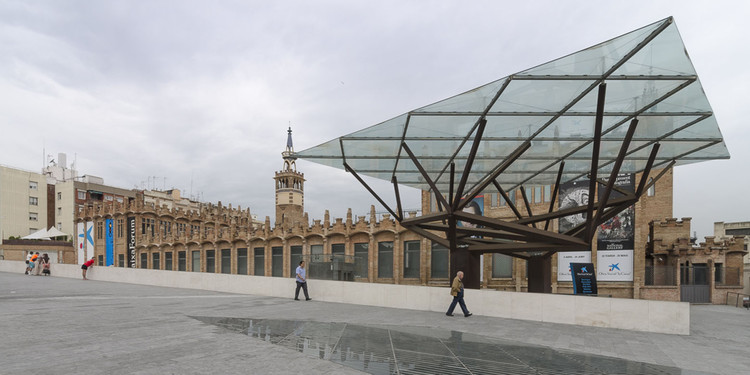
-
Architects: Arata Isozaki
- Area: 2028 m²
- Year: 2002

Text description provided by the architects. As part of the restoration of the old Fábrica Casaramona, as Centro Cultural de “La Fundació La Caixa”, a project, which consists of the design of a courtyard with access to the main entrance, has been realized. It is situated in the basement level and is of a public character.

























